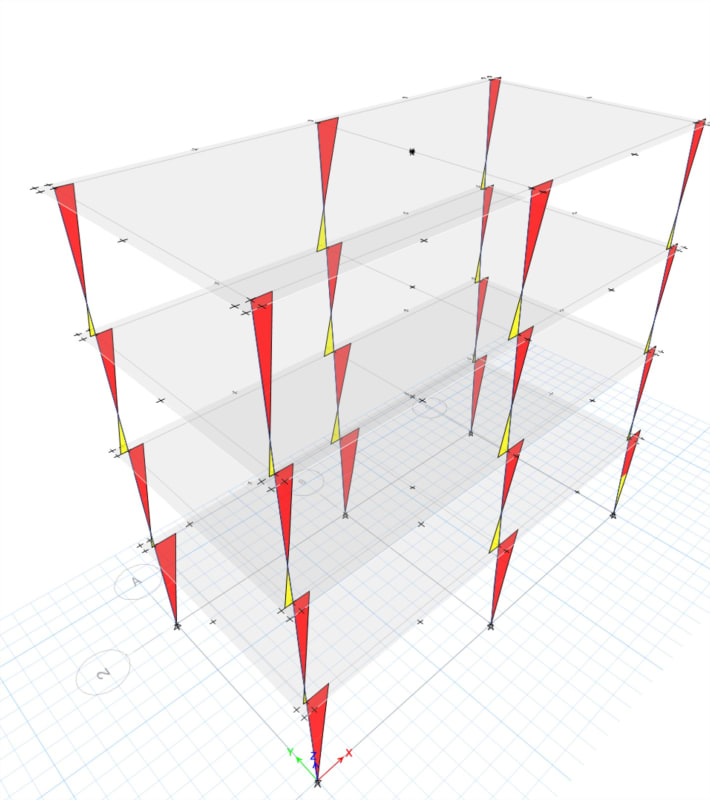ggcdn
Structural
- Dec 14, 2013
- 142
I have a displacement profile (displacements at every story) that I would like to impose on a gravity frame model. Does anyone know whether this can be done in ETABS?
I see there is an option for joint loads > ground displacements. But that seems a little weird to add a restraint and then assign a displacement to it. I also see there is generalized displacements and these can be monitored with displacement control... but I can't figure out how to piece this all together.
Is this even possible with ETABS?
I see there is an option for joint loads > ground displacements. But that seems a little weird to add a restraint and then assign a displacement to it. I also see there is generalized displacements and these can be monitored with displacement control... but I can't figure out how to piece this all together.
Is this even possible with ETABS?


![[thumbsup2] [thumbsup2] [thumbsup2]](/data/assets/smilies/thumbsup2.gif)